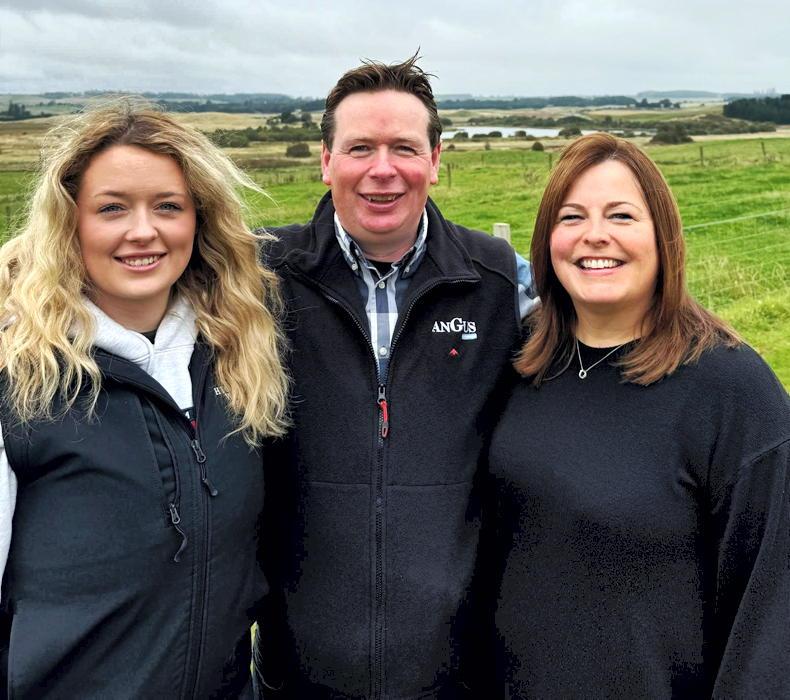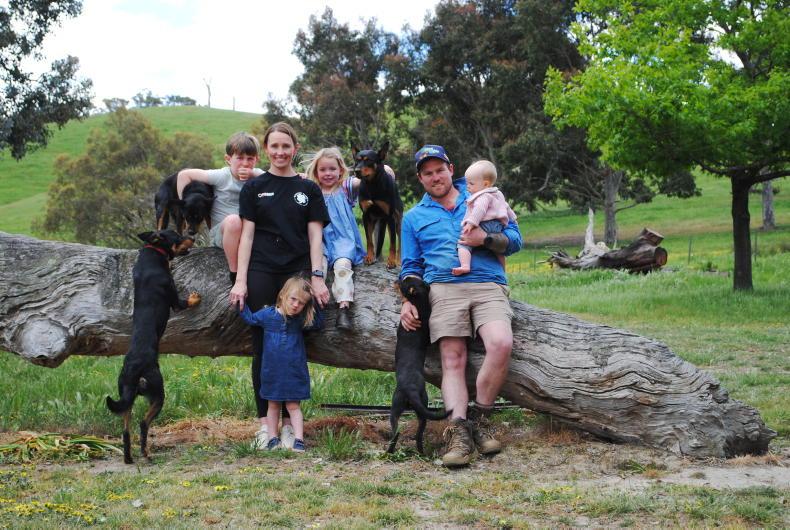17 – Russia’s total land area is 17,100,000 km2 – the island of Ireland could fit within its border over 200 times
45 – Of this area, 45% is forested. For perspective, it’s the equivalent to Co Cork, 1,000 times.
15 – 15% or Russia’s area can be described as tillable pasture land.
540 – It is estimated that there are just 540,000 dedicated beef cows in Russia. There is almost twice this in Ireland, but remember that we export over 90% of the beef that we produce each year and that the Russian dairy herd is 10 times greater than Ireland’s and a source of beef too.
5,000 – Average annual income in Russia this year will be around €5,000.

Miratorg Valuetz range.
12 – Beef consumption is hovering around 12kg per capita annually – half what the average American consumes (we eat 19kg here in Ireland). Indeed, chicken is twice as popular. However, in rural Russia, beef is typically ground up, eaten in a broth or boiled and likely to have come from cull dairy cows. It is really only seen as a luxury meal – steak/hamburgers – in urban areas.

Kalmyg cow in Tambov.
500 – The smaller farmers I toured were producing two-year-old bulls for slaughter at a liveweight just shy of 500kg. These animals were Angus-sired, out of Kalmyg-cross cows. This is a native Mongolian breed known to be extremely robust, and it needs to be…

Kalmyg x AA cows in Tambov.
30 – During winter, temperatures consistently reach -30°C. In their native Mongolia, these Kalmyg cows are often outwintered. They have a mature weight of less than 450kg and are slow-growing, hence the Angus cross. In the summer, temperatures climb as high as 30°C to 35°C.
200 – To support a family, a Russian beef ranch needs to be around 200ha.
0 – There is no grading or age specifications in place when selling animals to the factory for domestic consumption in Russia thus far. Weight is the main criteria and it is a minimum, rather than a maximum weight cap. While Angus is sought after, there is no registration or traceability, so a black or red hide is enough to be considered Angus. With exports starting to increase, some companies are producing beef to higher standards.
128 – Animals for domestic consumption are bought live by processors, with rates of 128 roubles/kg (€1.88/kg liveweight) being achieved at present.
Read more
BETTER farm: using data to make decisions
Watch: zero grazing for high output in Monaghan
17 – Russia’s total land area is 17,100,000 km2 – the island of Ireland could fit within its border over 200 times
45 – Of this area, 45% is forested. For perspective, it’s the equivalent to Co Cork, 1,000 times.
15 – 15% or Russia’s area can be described as tillable pasture land.
540 – It is estimated that there are just 540,000 dedicated beef cows in Russia. There is almost twice this in Ireland, but remember that we export over 90% of the beef that we produce each year and that the Russian dairy herd is 10 times greater than Ireland’s and a source of beef too.
5,000 – Average annual income in Russia this year will be around €5,000.

Miratorg Valuetz range.
12 – Beef consumption is hovering around 12kg per capita annually – half what the average American consumes (we eat 19kg here in Ireland). Indeed, chicken is twice as popular. However, in rural Russia, beef is typically ground up, eaten in a broth or boiled and likely to have come from cull dairy cows. It is really only seen as a luxury meal – steak/hamburgers – in urban areas.

Kalmyg cow in Tambov.
500 – The smaller farmers I toured were producing two-year-old bulls for slaughter at a liveweight just shy of 500kg. These animals were Angus-sired, out of Kalmyg-cross cows. This is a native Mongolian breed known to be extremely robust, and it needs to be…

Kalmyg x AA cows in Tambov.
30 – During winter, temperatures consistently reach -30°C. In their native Mongolia, these Kalmyg cows are often outwintered. They have a mature weight of less than 450kg and are slow-growing, hence the Angus cross. In the summer, temperatures climb as high as 30°C to 35°C.
200 – To support a family, a Russian beef ranch needs to be around 200ha.
0 – There is no grading or age specifications in place when selling animals to the factory for domestic consumption in Russia thus far. Weight is the main criteria and it is a minimum, rather than a maximum weight cap. While Angus is sought after, there is no registration or traceability, so a black or red hide is enough to be considered Angus. With exports starting to increase, some companies are producing beef to higher standards.
128 – Animals for domestic consumption are bought live by processors, with rates of 128 roubles/kg (€1.88/kg liveweight) being achieved at present.
Read more
BETTER farm: using data to make decisions
Watch: zero grazing for high output in Monaghan













SHARING OPTIONS